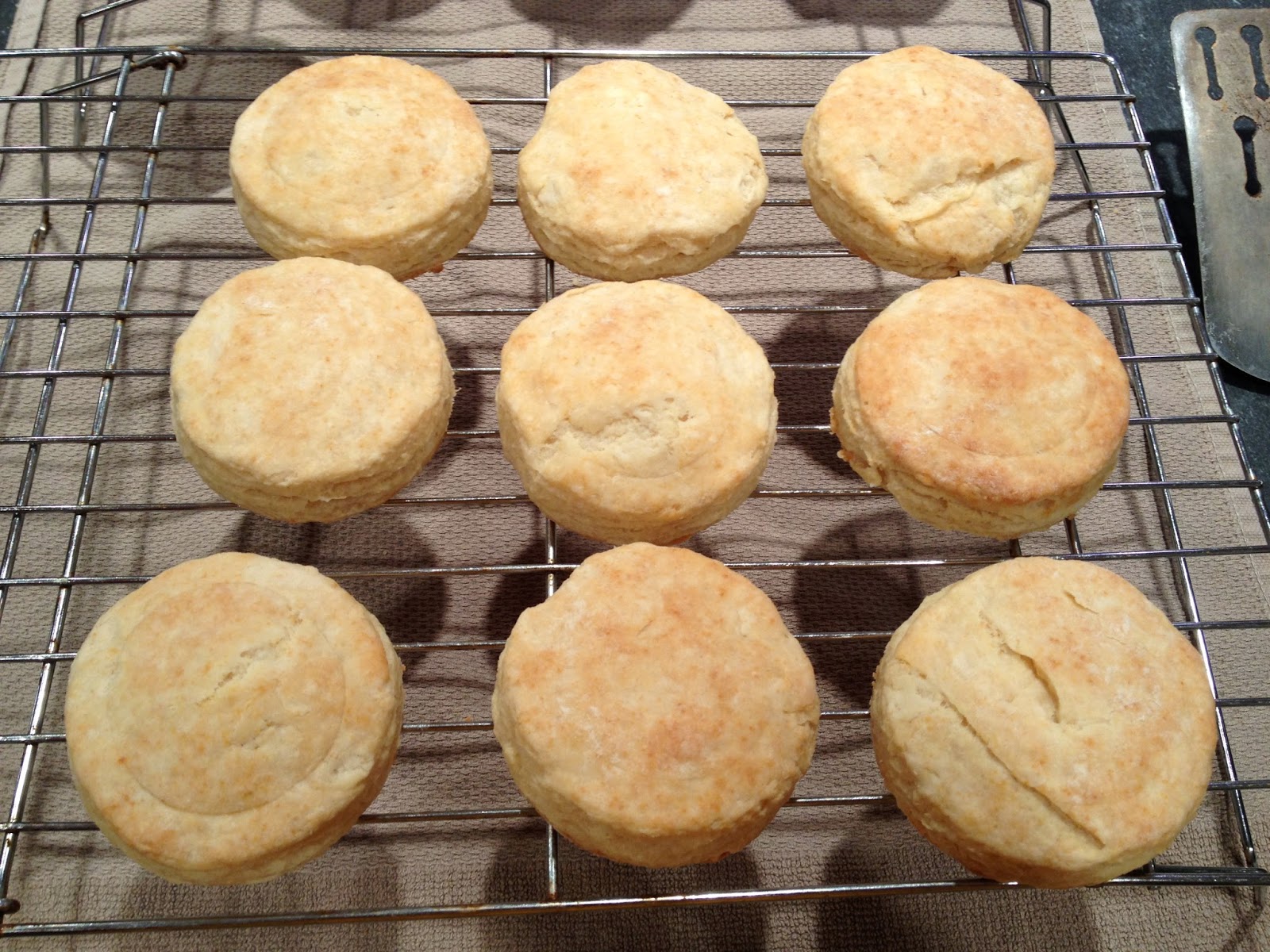I started with just over 2 pounds of carrots, washed them, and cut off the ends, leaving the peels on. (You could leave the ends on, if you'd like, but our rabbit likes to eat them.) The recipe says to put the roasting pan across two burners, adding 3 T of olive oil, then the carrots once the oil is hot. Then you add in the carrots to brown for 10-15 minutes, turning as necessary.
The oil was popping quite a bit for me, so I reduced the heat, meaning that I probably didn't brown them as much as I could have.
At this point, I diverged from the recipe. Instead of adding butter and their recommended spices, I put salt and pepper on the carrots, then added one cup of cherry juice that I bought at Trader Joe's with no real purpose in mind. They then went into a 325 degree oven.
At 30 minutes, I turned the carrots over, added a bit more salt and pepper, then put them back into the oven for another 30 minutes. Then I cooked them another 10 minutes to get to my desired tenderness, for a total of 70 minutes in the 325 degree oven.
I poured the cooking liquid (olive oil and cherry juice) into a small pan. I held the carrots in the oven, now turned off, to keep them warm.
I added a bit of dijon mustard and then reduced it while whisking. For a while, it didn't seem like the olive oil would mix in with the juice, but it eventually emulsified.
I plated the carrots, sprinkled them with some toasted and chopped hazelnuts, then poured on the sauce.
Verdict: Excellent. The sauce was great, as was the slow roasted texture of the carrots, plus the hazelnuts added a bit of texture.
Ribelle's carrots:
Side note: while searching for a recipe, I also found this recipe for slow roasted carrots on coffee beans. I wanted to put a link to it here so that I'd remember for later. Last spring, we occasionally got some locally roasted coffee beans in our box; if we get them again this year, I'm going to try roasting carrots on them.

















































